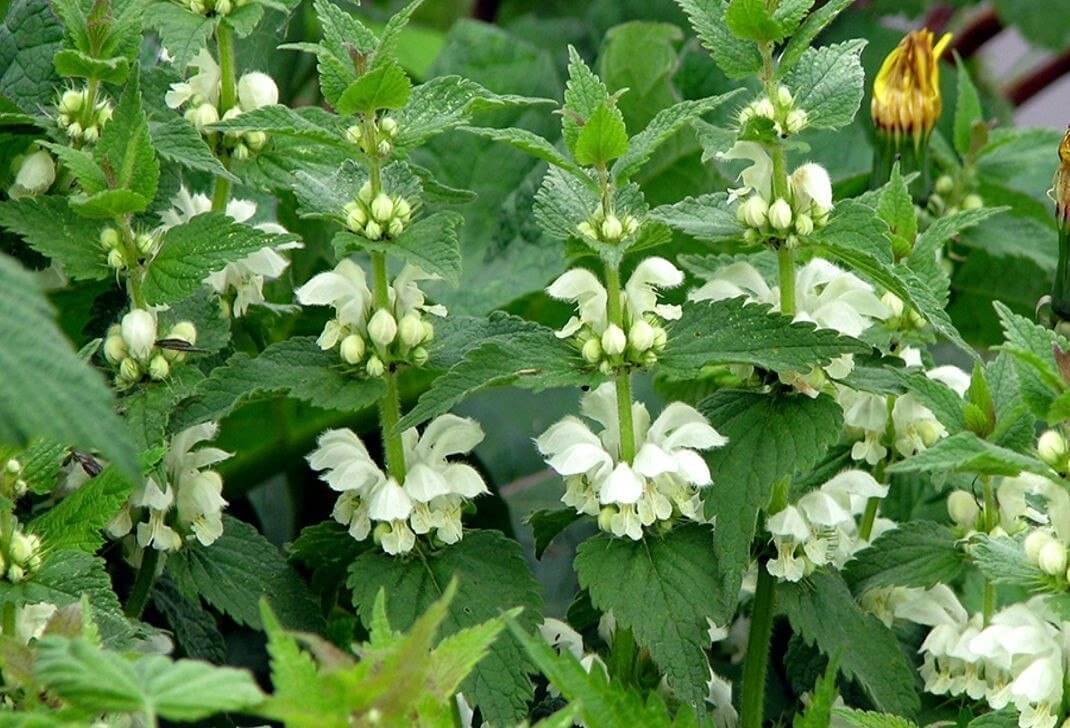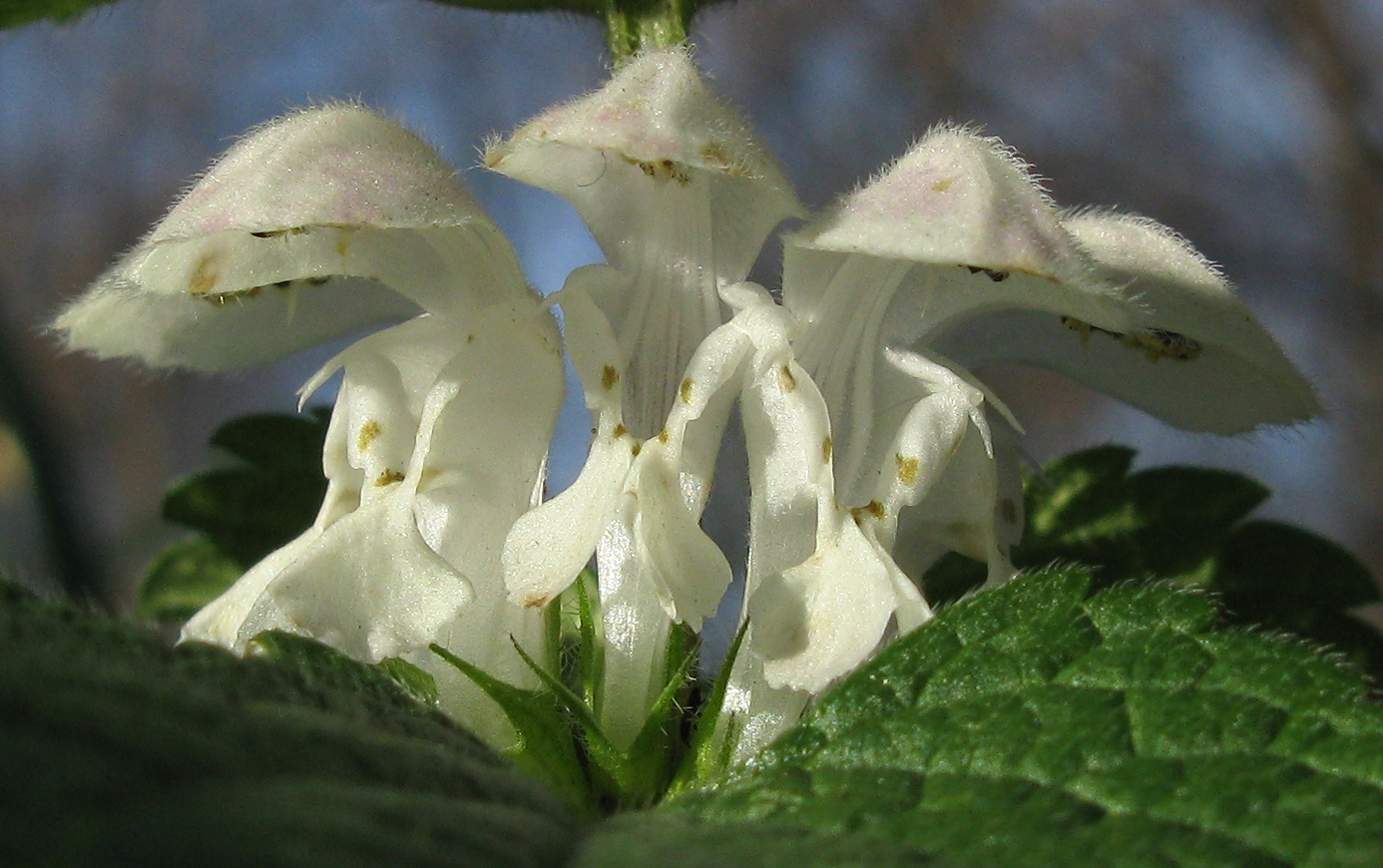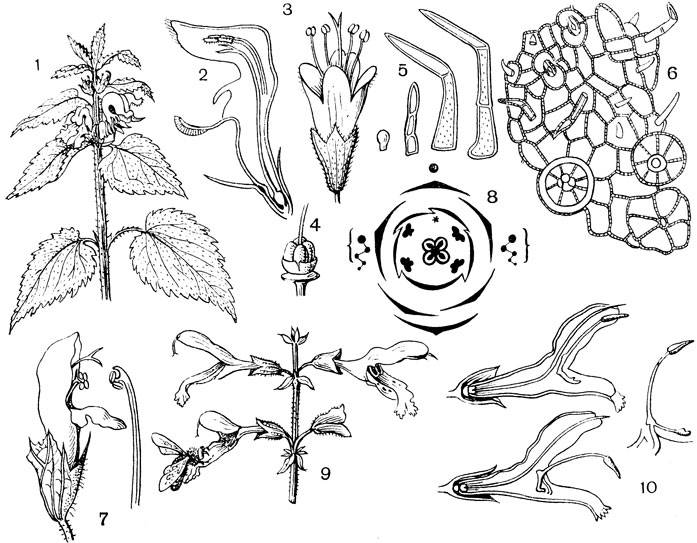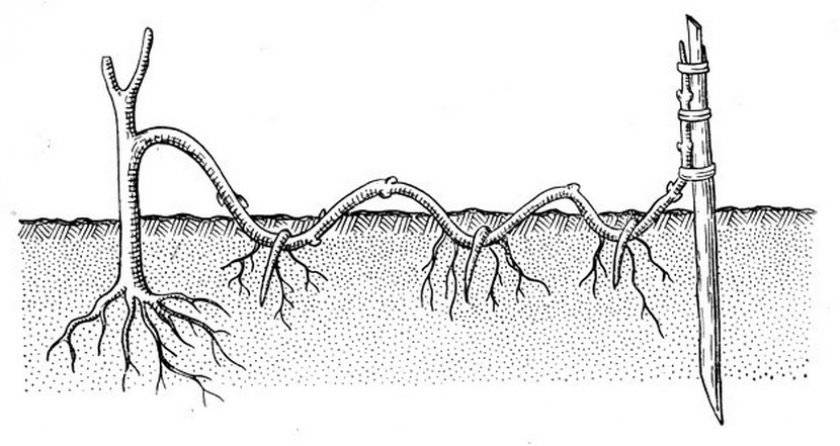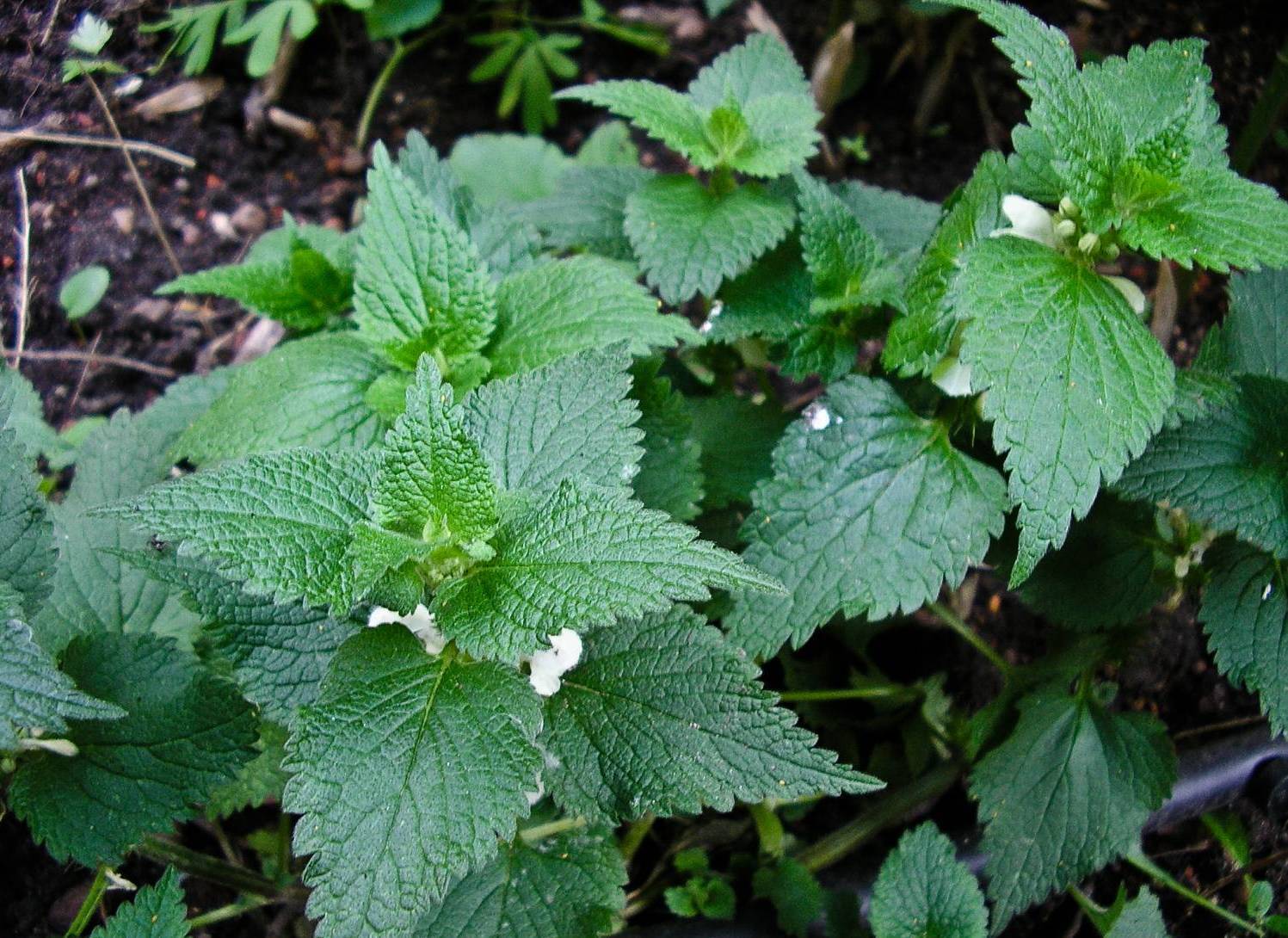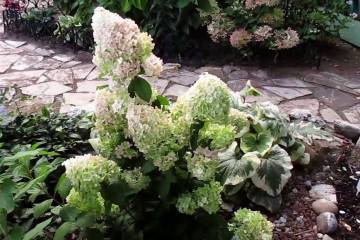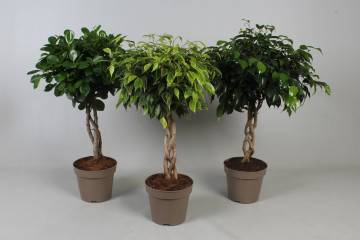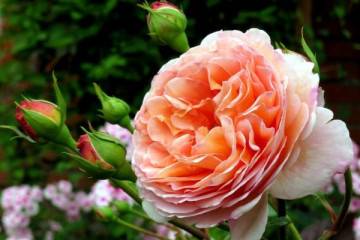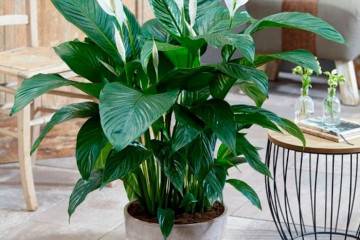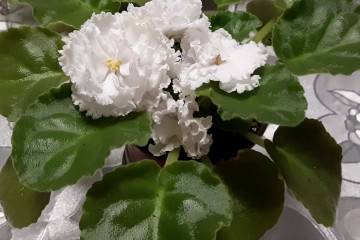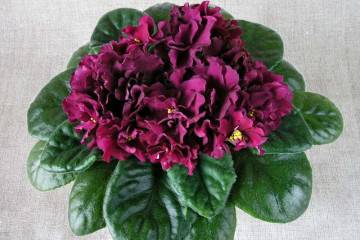White lamb (deaf nettle) - flower description
Content:
Lamb belongs to the Lamb family. It is considered a weed that grows in forests, in fields, near rivers and lakes. Several species and varieties of crops have been bred by breeders. Further information on planting in the garden of white lambs, methods of reproduction, problems with growing.
What does a white lily look like?
The Latin name for white lamb is Lamium Album. Outwardly, it resembles nettle, but the leaves are not stinging. For this property, white lamb is called deaf nettle. It has stems 15-45 centimeters high and long, creeping roots.
The leaf plates are cordate, soft, attached on long petioles. In internodes, starting from the middle of the shoot, flower stalks are formed. Corollas are two-lipped, painted white.
History of appearance
Known white lamb has been known since ancient times. It was mentioned in the 1st century AD by Pliny the Elder. The ancient Roman writer talked about the healing properties of culture in the treatise "Natural History". In addition, you can read about the plant in ancient medical books.
The flower has a wide distribution area. It can be found both in the European part of Russia and in China, Mongolia, and Japan.
Healing properties
In folk medicine, the flowers of white lamb are used, which have many useful properties. The culture is used for:
- inflammation of the urinary and respiratory tract;
- diseases of the gastrointestinal tract;
- nervous diseases and insomnia;
- eczema, diathesis, boils, psoriasis;
- as an astringent and hemostatic agent.
Lamb for treatment is used in the form of decoctions, infusions. The flowers are cut off, dried in the shade, spread out in a thin layer. In finished form, the raw material should crumble. Dried flowers are stored in a tightly closed container.
Plant care
Deaf nettle is an unpretentious plant. It is easy to keep it in the garden. She is a little more capricious than the field lamb, but she does not make any special demands on herself.
Seat selection
Lamb prefers to grow in partial shade. It can be planted under trees and bushes, near a building wall. When grown in fertile soil, the crop will multiply aggressively.
Watering and feeding
Abundant watering is the main requirement of the clear. The soil should be moist without stagnant water. Shoots will begin to bare without watering, the plants will lose their decorative effect.
The culture does not need fertilization. It is enough to plant the bushes in fertile soil. You can feed the plants only before flowering with a real mullein.
Pruning and replanting
It depends on the gardener how the lamb will look. To increase the decorative effect, faded shoots are cut off. The procedure also prevents self-seeding and increases bushiness.
If the raw material is needed for medicinal purposes, the flowers are cut off throughout the season. The bushes can be replanted once every 5 years.
When and how it blooms
White lamb blooms in April and blooms all summer, so some gardeners use it for landscaping the site. In addition, it is grown for medicinal and cosmetic uses.
Flowers form in the leaf axils. The color of the petals is white.They give off a delicate aroma that attracts bees. The flowers have two-lipped corollas, their length is 20-25 millimeters. They are collected in whorls. After flowering, a box is formed containing 4 nuts. The seeds are sown on their own after ripening.
How does it multiply
Eurasian lamb reproduces easily by self-seeding. The boxes open in the fall, seeds fall out of them, which germinate with the onset of heat. A gardener can propagate a culture in 4 ways: by germinating seeds, cuttings, dividing a bush, layering.
Germinating seeds
The procedure is carried out in spring or autumn. The territory is cleared of garbage, dug up. The soil is leveled, seeds are scattered over the surface. In the spring, a friendly germination occurs.
So that the plantings are not thickened, they are thinned out. The seedlings are watered, the weeds are bursting around them. Lamb grows aggressively, and over time it can drown out weeds by itself. When sown in spring, flowering will come the next year.
Cuttings
The reproduction procedure by this method is performed as follows:
- cuttings are cut in August;
- the sections are sprinkled with growth enhancer powder;
- shoots are planted in a box with a sand-peat mixture;
- watered;
- cover with foil.
In greenhouse conditions, cuttings take root faster. After the appearance of roots and new leaves, the shelter is removed. Young plants are planted on the site. The wells are prepared 2 weeks before planting.
By dividing the bush
The procedure is carried out in the spring. The bush is dug in from all sides, taken out of the ground with a shovel or pitchfork. The lamb is divided into parts, each of which must consist of several shoots and a root system.
Delenki are planted in previously dug holes. They should be slightly larger than the size of the earthy coma on the roots of the plants.
Layers
For reproduction by layering, shallow grooves are dug near the bushes. Shoots are bent down, laid in grooves, pinned. Layers are watered, covered with earth.
After a while, new bushes will begin to grow from the shoots. They are separated from the mother plant, planted in a prepared place.
Possible growing problems
Deaf nettles have good immunity. She can only get hit by diseases and pests with serious mistakes on the part of the gardener, or under unfavorable climatic conditions.
Diseases
Lamb loves abundant watering. But if water stands at the base of the shoots for a long time, it can be affected by fungal diseases. Therefore, you need to plant bushes in loose soil. If there is heavy soil on the site, sand and peat are added to it.
The bushes affected by the fungus are removed. The land is treated with fungicides several times. Only then can new bushes be planted in it.
Pests
In dry, hot weather, a spider mite can strike a lamb. You can understand that the plant is affected by a pest by the thin web entangling the bushes. In addition, the scale insect, whitefly can take a fancy to deaf nettles.
To combat harmful insects, insecticides are used. Thinning bushes, removing weeds around them will prevent the appearance of misfortunes.
Other problems
It happens that the bushes begin to shrink, lose their decorative appearance. This means that the soil around the plants is too compacted. Air does not pass to the root system, the lamb may begin to die over time. In order to prevent dry nettles, after each watering or rain, the top layer of the soil is carefully loosened.
White lamb is an unpretentious herb.The culture is undemanding to care for, grows quickly, blooms from April to October. The bushes are used for landscaping the territory. The plant is also used in folk medicine.
